
Reading & Math for K-5
- Kindergarten
- Learning numbers
- Comparing numbers
- Place Value
- Roman numerals
- Subtraction
- Multiplication
- Order of operations
- Drills & practice
- Measurement
- Factoring & prime factors
- Proportions
- Shape & geometry
- Data & graphing
- Word problems
- Children's stories
- Leveled Stories
- Context clues
- Cause & effect
- Compare & contrast
- Fact vs. fiction
- Fact vs. opinion
- Main idea & details
- Story elements
- Conclusions & inferences
- Sounds & phonics
- Words & vocabulary
- Reading comprehension
- Early writing
- Numbers & counting
- Simple math
- Social skills
- Other activities
- Dolch sight words
- Fry sight words
- Multiple meaning words
- Prefixes & suffixes
- Vocabulary cards
- Other parts of speech
- Punctuation
- Capitalization
- Narrative writing
- Opinion writing
- Informative writing
- Cursive alphabet
- Cursive letters
- Cursive letter joins
- Cursive words
- Cursive sentences
- Cursive passages
- Grammar & Writing
Breadcrumbs

How to Teach Opinion Writing to Kids in Grade 4
Here's a step-by-step guide to help you teach opinion writing to students at the grade 4 level.
Introduce the concept
Begin by explaining what opinion writing is. Emphasize that it involves expressing personal beliefs or viewpoints.
Provide examples of opinions in everyday life, such as favorite foods, movies, or books.
Model the process of forming an opinion and supporting it with reasons. Use a simple topic, like "What is the best season?" and demonstrate how to express your opinion and provide reasons for it.
Brainstorming
Help your kids brainstorm topics for their opinions. Encourage them to think about things they feel strongly about, such as favorite hobbies, school subjects, or extracurricular activities.
Organize thoughts
Teach students how to organize their thoughts before writing. Use graphic organizers like a T-chart or a web to help them outline their opinion and reasons.
Introduction
Teach students to begin their opinion writing with a strong introduction that clearly states their opinion. This could include a hook to grab the reader's attention.
Body paragraphs
Break down the body of the essay into paragraphs, each focusing on a specific reason supporting their opinion.
Emphasize the importance of providing details and examples to support each reason.
Transition words
Teach the use of transition words to connect ideas within and between paragraphs. Words like "first," "next," "finally," and "in addition" can help create a smooth flow.
Counterarguments
Introduce the concept of counterarguments. Teach your kids how to acknowledge and address opposing viewpoints while strengthening their own arguments.
Guide students in writing a strong conclusion that restates their opinion and summarizes their key reasons. Encourage them to end with a memorable statement.
Opinion writing worksheets
In our grade 4 grammar and writing are, we have a section of new worksheets for students to practice opinion writing .
Counterarguments practice
Students practice writing counterarguments in this first set of opinion writing worksheets.
Opinion writing graphic organizer
Students make use of these graphic organizers to plan out their thoughts, reasons and counterarguments.
Prompt and write worksheets
Students are given a prompt and asked to organize their essays with these different types of graphic organizers.
Writing prompts practice
The final set of worksheets has students practice stating their opinions of a series of writing prompts .
This content is available to members only.
Join K5 to save time, skip ads and access more content. Learn More
- Forgot Password?
- Skip to main content
Not So Wimpy Teacher
The Not So WImpy Teacher creates resources for busy teachers in grades 2-5 who are looking to deliver engaging and meaningful lessons without overwhelm and chaos.
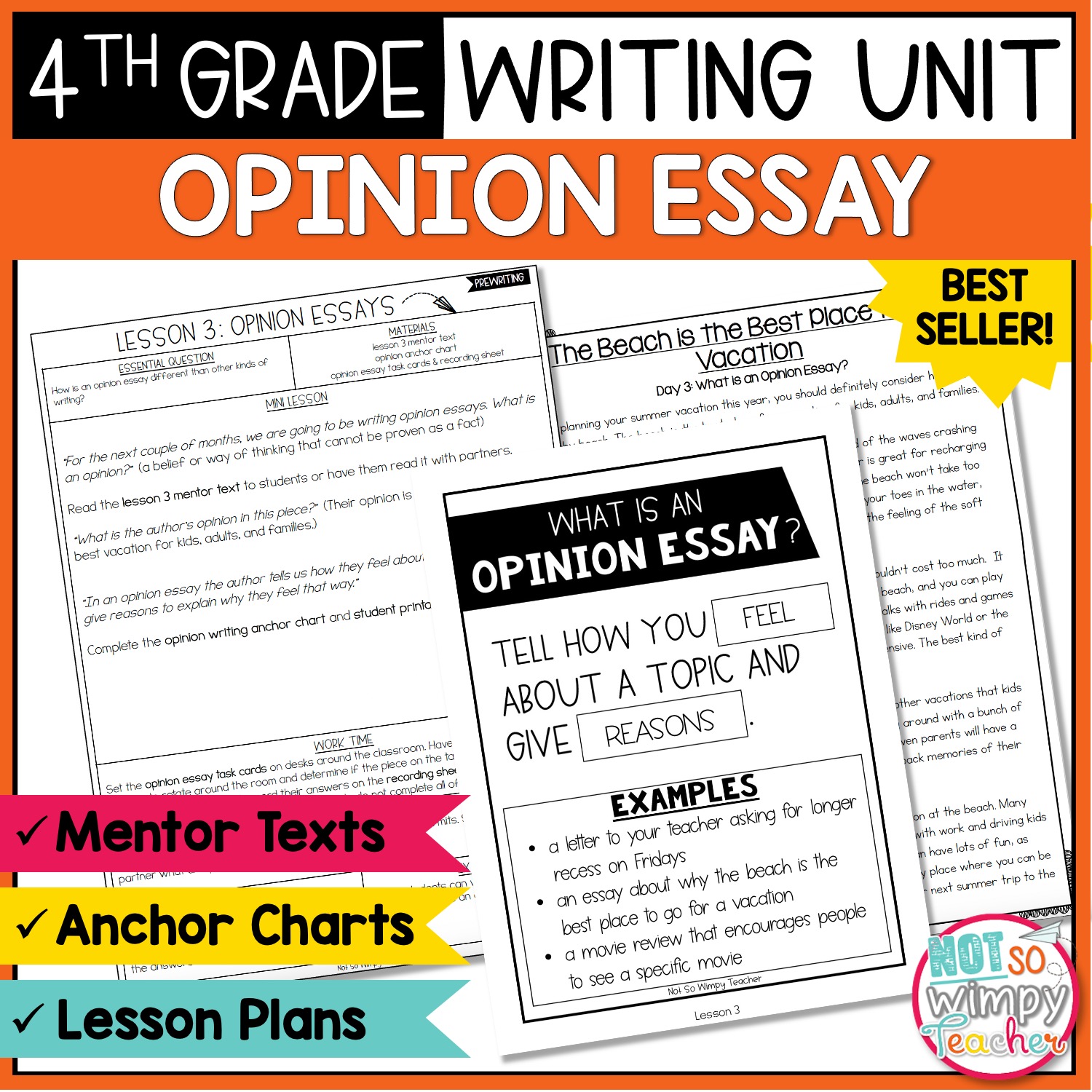
Opinion Writing Unit FOURTH GRADE
Grade Level: 4th Grade
My fourth grade opinion writing unit includes 8 weeks of done-for-you writing lessons about how to write a strong opinion essay . This unit contains detailed lesson plans, mentor texts, anchor charts, student writing tasks, and rubrics –everything you need to be a capable, confident writing teacher with students who love to write.
Also available in the following bundles

More about this resource
If teaching writing has ever made you cry, weep, tear out your hair, question your existence, or binge-watch reality television—because it’s just that frustrating and overwhelming—this writing unit is perfect for you.
If your students dread writing time more than meatloaf in the school cafeteria…this writing bundle is perfect for them, too.
Teaching writing can be tough. Teachers tell me that their district-provided writing curriculum is:
- too complicated
Or worse, they don’t have any curriculum at all. Yikes!
But my fourth grade opinion writing unit makes teaching writing easy . It takes all the guesswork out of teaching writing and gives you the tools you need to teach engaging and effective writing lessons without breaking a sweat.
This resource is part of a money-saving writing writing bundle! Click HERE to see the bundle!
The ready-to-use lessons and activities in this opinion writing unit will teach your students h ow to use supporting facts, reasons, and examples, consider opposing viewpoints, write topic and concluding sentences, and structure paragraphs . And all you have to do is print and teach . The lesson plans are that simple. Seriously.
Student-friendly mentor texts make it easy to provide illustrative examples of new writing skills. You don’t have to waste your time and money hunting down just the right book. Focused mini lessons and daily writing tasks simplify the writing process helping ALL students, even reluctant writers, experience success. Preprinted anchor charts make it easy to model new skills and engage in shared writing without wasting valuable time.
And best of all, my opinion writing unit makes writing fun for ALL your students – from reluctant writers to excited writers . The Student Success Path helps you identify where your students are on their writing journey and plan just-right lessons and interventions . Short, focused lessons keep students engaged. Simple, direct writing tasks help kids develop confidence. Conference materials, including outlines and topic cards, you can use to guide small group discussion make it easy for you to differentiate lessons.
Choice empowers students to write about things they care about and makes them more invested in their writing. And that’s a big deal because students who enjoy writing and get lots of practice perform better on standardized testing.
Plus, these materials are easy-to-use . Everything is organized in folders to help you find just what you need. A Quick Start Guide makes it simple to get started and provides tips on how to prep materials for long-term use.
The 2-week Starting Writing Workshop mini-unit will help you start your writing instruction on the right foot. Detailed teacher directions show you exactly how to use all the resources and activities.
How Our Writing Bundles are Aligned with the Science of Reading :
- Structured writing routine: Our writing bundle is organized into 4 genres. Each 8-week unit is carefully structured, beginning with foundational skills before moving into more advanced skills. Students are taught a systematic approach to writing including: brainstorming, drafting, revising, editing, and publishing.
- Explicit instruction: Daily lessons begin with explicit instruction including access to examples via mentor texts, modeling, and directed practice. Each skill is broken down into bite-size pieces so that students can learn one skill at a time. Students practice skills independently, working on one sentence or paragraph at a time.
- Differentiation: Writing is differentiated through small group instruction that provides reteaching, additional practice, and support at appropriate levels.
- Daily opportunities to write: The majority of the writing lesson is reserved for independent writing time, providing students with large blocks of time to write and practice skills every day.
- Demonstrates the connection between reading and writing: Mentor texts provide concrete examples of writing skills and allow children to experiment with and apply sophisticated skills and language in their own writing. In addition, constructing their own writing pieces helps students recognize, connect, and understand these strategies when reading.
What’s Included:
- Detailed teacher directions and suggestions for simple implementation
- Unit-at-a-glance calendar for each unit
- 7 exclusive videos walking you through how to get the most out of these writing units
- 40 days of lesson plans that include guiding questions, materials, mini lessons, student work tasks, student share tasks, intervention, and several extension activities
- 14 original mentor text passages
- 24 opinion writing task cards (identifying whether a topic is an opinion)
- 24 opinion writing prompts task cards
- 11 teacher anchor charts (blank and filled in versions)
- Student anchor charts and printable for writing notebooks
- Conference and goal tracking forms
- Writing grades tracking forms
- List of 10 additional mentor text books (Remember, using them is optional, because I’ve included all the mentor texts you need)
- 6 different writing publishing papers
- Student writing notebook cover and dividers
- Teacher notebook covers and binder spines
- Multiple ideas for author share celebration
- DIGITAL writing notebooks on Google Slides
- Conferencing Materials – Conference outlines, a sample conference, and topic cards you can use to guide your small-group conferences
- Student Success Path – Identify where your students are on their writing journey
- Starting Writing Workshop Bonus – Two weeks of writing lesson plans to help build stamina and set your students up for writing success
Skills Covered:
Students learn h ow to craft a strong opinion essay using supporting facts, reasons, and examples, topic and concluding sentences, and structured paragraphs. Lessons include:
- Setting goals
- What is an opinion essay?
- Generating essay ideas
- Writing strong opinion statements
- Writing a lead
- Supporting your opinion with reasons
- Considering your audience
- Consider opposing opinions
- Supporting your opinion with examples
- Topic and concluding sentences
- Word choice
- Transitions
- Writing a conclusion
- Generating deeper topics (research based)
How to Use it in the Classroom:
A typical day of writing:.
I recommend you set aside thirty minutes for writing each day (or more if you have it). Check out the sample schedules below. Each day follows the same plan:
- Mini-Lesson (8-10 minutes): The day kicks off with a mini-lesson to teach a particular skill. The mini-lesson uses mentor text (remember, it’s included in the unit) and anchor charts. For the teacher version of the anchor charts, you can project and fill them out with the class, or print and display them in your classroom. The student versions are smaller so they can fill them out and keep them in their writing notebooks for reference.
- Work Time (18-20 minutes) : Students will apply the skill they just learned into their writing each day. The included writing tasks make it crystal-clear what to do during independent writing time–for you and your students. By the end of the unit, they will have completed two full masterpieces and many other independent writings.
- Share Time (2 minutes) : Students are encouraged to share a piece of their writing with a partner or with the entire class. This makes writing more meaningful to kids and holds them accountable.
Organization Made Easy:
- The opinion writing unit is organized into multiple folders and files so it’s easy for you to find what you need.
- A 40-day daily schedule so you know exactly what to teach each day.
- Detailed daily lesson plans make teaching writing easy.
Differentiation:
There are many ways to differentiate writing assignments:
- Use the Student Success Path to identify where students are on their writing journey and use the suggested interventions to modify lessons.
- These daily writing prompts are intentionally short and sweet so that all students, even those below grade level, can feel successful. Most tasks can be completed in 1-2 sentences.
- More advanced writers can write longer responses, or work on a second masterpiece if they finish early.
- Students can complete fewer task cards or work with a partner; you can also provide support to students as they work on task cards.
- The process for teaching writing includes group conferencing time. These groups should be based on ability so that you can individualize your instruction to meet the specific needs of the group. Use the topic cards to guide your small group lessons.
Why you’ll love this writing unit:
- You’ll save hours of prepping and planning time. The daily lesson plans are easy to implement. All you have to do is print and teach.
- Mentor texts are included. You do not need to hunt down or purchase any additional books! (Unless you want to. Far be it from me to stand between a teacher and new books.)
- Digital anchor charts project onto your white board-so you don’t have to be Picasso or Renoir to anchor your kids in the lesson.
- Pre-printed student anchor charts make it easy for students to follow along without having to write every word and draw complicated diagrams.
- Digital student notebooks are perfect for 1:1 classrooms and a great way to save paper.
- These lessons work for all students, even students below grade level.
- Task cards incorporate movement, reinforce concepts, and make learning fun. Daily share time encourages students to take pride in their writing.
- Direct writing instruction provides a solid foundation of writing skills that leads to increased test scores.
- Aligned with the Science of Reading.
*****************************

More Fourth Grade Writing Units:
Personal Narrative for Fourth Grade
Informational Writing for Fourth Grade
Fiction Narrative for Fourth Grade
Writing Units for Other Grade Levels:
Second Grade Writing Bundle
Third Grade Writing Bundle
Fifth Grade Writing Bundle
Frequently Asked
Yes. I also have personal narrative , informational essay , and fiction narrative writing units available.
This opinion writing unit is available for grade 4. I also have opinion writing units available for grades two , three , and five .
I prefer composition notebooks because they are sturdy and easy to use and store. But other teachers have used spiral bound notebooks or three-ring binders.
Yes. These writing lessons are based on Common Core standards.
The lessons for consecutive grade levels are very similar because the standards are similar. The biggest difference is that the reading level on the mentor text passages is modified to meet the specific grade level. Other differences include new examples in the lesson plans and anchor charts and new task cards. It is generally fine to use units that are one level above or below grade level. You might want to select the lower grade level to ensure that the mentor texts are easier for students to read.
Each unit includes eight weeks of materials. I recommend spending 30-45 on writing each day. The lesson takes 8-10 minutes and the rest of the time would be used for independent writing.
Students complete two masterpieces in each unit. But they may work on additional pieces if they finish daily assignments early.
My writing units are a standalone curriculum. They are not based on or aligned with any other curriculum. However, they are based on the writing standards. My curriculum is organized into units of study and formatted in the workshop model and hundreds of teachers have successfully used my writing units with their district provided curriculum.
My writing units are a standalone curriculum. They are not based on or aligned with any other curriculum. With that being said, I have hundreds of teachers who have chosen to use my units as a supplement to their Lucy curriculum because it is more manageable and engaging for students.
You May Also Enjoy These Resources
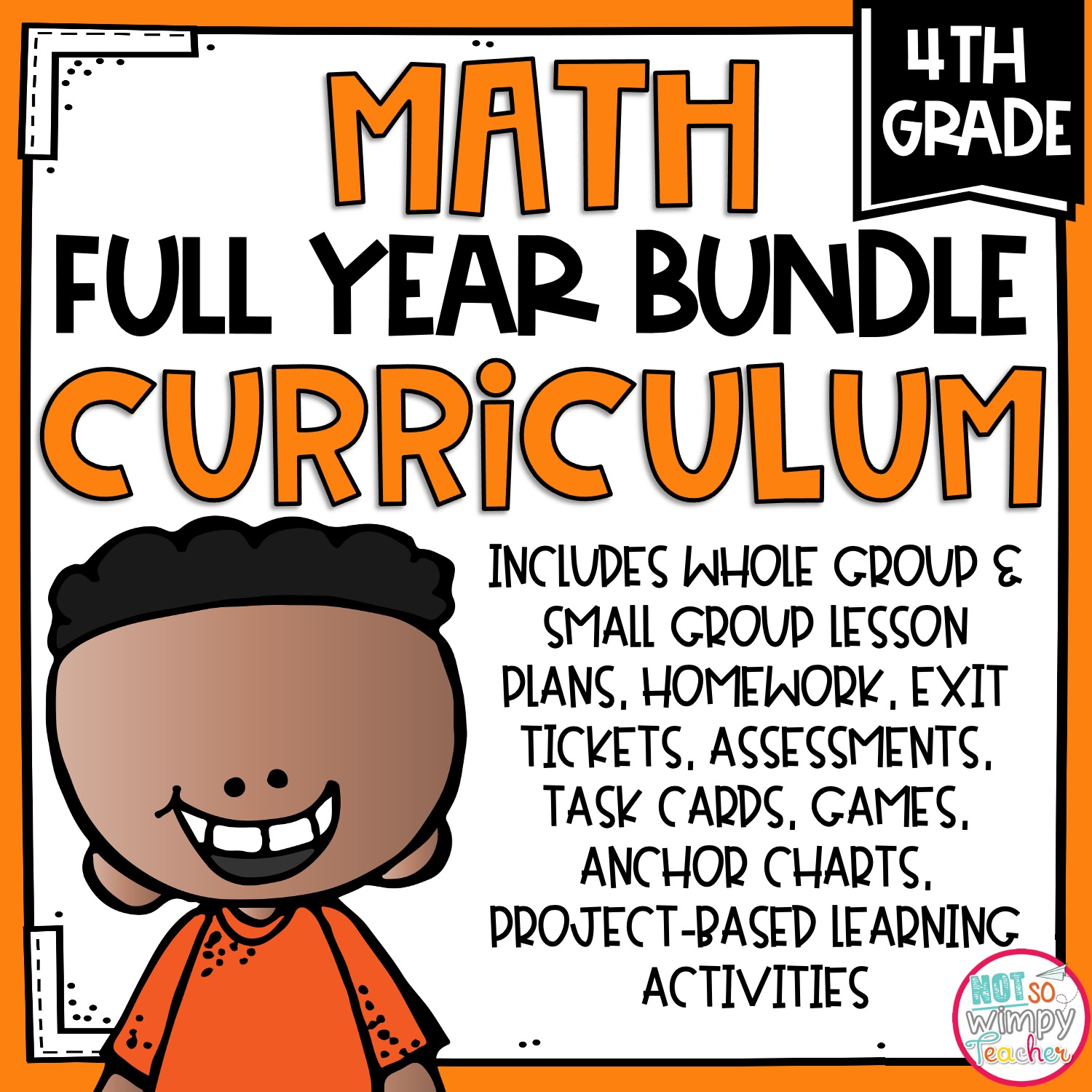

Opinion Writing (Grades 4-6)
Our Opinion Writing lesson plan for grades 4-6 will introduce your students to the basics of opinionated writing, and help them craft their own opinionated responses to open-ended questions.
Included with this lesson are some adjustments or additions that you can make if you’d like, found in the “Options for Lesson” section of the Classroom Procedure page. One of the optional additions to this lesson is to help struggling students brainstorm reasons for an opinionated topic by giving them different subjects that they can choose from.
Description
Additional information, what our opinion writing (grades 4-6) lesson plan includes.
Lesson Objectives and Overview: Opinion Writing guides students through the process of brainstorming a topic, outlining their paper, and writing a five-paragraph essay on a topic of their choosing. At the end of the lesson, students will be able to successfully write a well-organized and persuasive opinion paper. This lesson is for students in 4th grade, 5th grade, and 6th grade.
Classroom Procedure
Every lesson plan provides you with a classroom procedure page that outlines a step-by-step guide to follow. You do not have to follow the guide exactly. The guide helps you organize the lesson and details when to hand out worksheets. It also lists information in the green box that you might find useful. You will find the lesson objectives, state standards, and number of class sessions the lesson should take to complete in this area. In addition, it describes the supplies you will need as well as what and how you need to prepare beforehand. The only supplies you will need for this lesson are the handouts, and to prepare ahead of time, you can copy them.
Options for Lesson
Included with this lesson is an “Options for Lesson” section that lists a number of suggestions for activities to add to the lesson or substitutions for the ones already in the lesson. This lesson lists two optional additions for students who may be struggling with the lesson material. With these students, you can help them brainstorm reasons for an opinionated topic by giving them different subjects that they can then choose from. You can also have them create a pros and cons list for each side to discover the reasons for each topic.
Teacher Notes
The teacher notes page includes a paragraph with additional guidelines and things to think about as you begin to plan your lesson. This page also includes lines that you can use to add your own notes as you’re preparing for this lesson.
OPINION WRITING (GRADES 4-6) LESSON PLAN CONTENT PAGES
Opinion writing.
The Opinion Writing (Grades 4-6) lesson plan includes two content pages. It begins by discussing opinionated writing. Opinions are how you think or feel about a subject. People have opinions on everything that you can think of, from favorite school subject to least favorite vegetable. Different people have different opinions. Your favorite fast food restaurant may be different from someone else’s. It’s normal for people to have different opinions, and this is what makes people unique!
The lesson next states that opinion writing allows writers to share what they believe. Opinionated writing aims to share your opinion and back it up with reasons. You can use opinion writing to let other people know what and why you’re thinking. There are specific words that we use when writing in this way. We often use words such as like, I believe, and I think in opinion writing. When you write an opinion essay, you must include reasons for your opinion. The best way to find these reasons is to think about why you believe that way. You must then back these reasons up with specific examples. This will make your argument more compelling and will help people understand your opinion.
The lesson then includes two paragraphs. Students should read the paragraphs and try to determine which is informational and which is opinion-based. The first paragraph explains to readers what a natural habitat is. The author gives examples of habitats and what they offer different species. It doesn’t tell how the author feels about the subject and primarily share information about it. This paragraph is the informational paragraph. The second paragraph is opinion-based and discusses why the author thinks people shouldn’t cut down natural habitats. They use strong language, like the words awful and wrong to explain how they feel.
OPINION WRITING (GRADES 4-6) LESSON PLAN WORKSHEETS
The Opinion Writing (Grades 4-6) lesson plan includes three worksheets: an activity worksheet, a practice worksheet, and a homework assignment. You can refer to the guide on the classroom procedure page to determine when to hand out each worksheet.
INFORMATIONAL VS OPINIONATED ACTIVITY WORKSHEET
Students will work with a partner to complete the activity worksheet. They will read two passages and decide which passage is informational and which is opinion-based. They will then underline the opinion-based words and circle the reasons the author gives.
PASSAGE PRACTICE WORKSHEET
The practice worksheet asks students to read a passage and answer questions about it. These questions ask whether the passage is informational or opinion-based, what their personal opinion on the topic is, and more.
OPINION WRITING HOMEWORK ASSIGNMENT
For the homework assignment, students will read a short prompt and answer the questions in a way that shows what they believe. The questions are open-ended and students should back up their opinion with specific reasons.
Worksheet Answer Keys
This lesson plan includes answer keys for the practice worksheet and the homework assignment, though they note that students’ answers will vary. If you choose to administer the lesson pages to your students via PDF, you will need to save a new file that omits these pages. Otherwise, you can simply print out the applicable pages and keep these as reference for yourself when grading assignments.
Thank you for submitting a review!
Your input is very much appreciated. Share it with your friends so they can enjoy it too!
Opinion writing allowed me to guide the students how to share their opinions. Students all identified that opinions differ from facts. However, opinions can be supported by facts.
Opinion Writing 4-5 Grade
It was very helpful in helping my student write evidence based opinion essays.
GREAT resource and very beneficial
I was so pleasantly surprised by the lesson plans and variety of topics!!
Related products

Meriwether Lewis and William Clark

Make Your Life Easier With Our Lesson Plans
Stay up-to-date with new lessons.

- Lesson Plans
- For Teachers
© 2024 Learn Bright. All rights reserved. Terms and Conditions. Privacy Policy.
- Sign Up for Free

- Character Traits
- Compare and Contrast
- Read Alouds
- Point of View
- Reading Response Ideas
- Summarizing
- Text Features
- Text Structures
- Find the Fib
- Reusable Ideas
- Disclosure Policy
- Lifetime Access
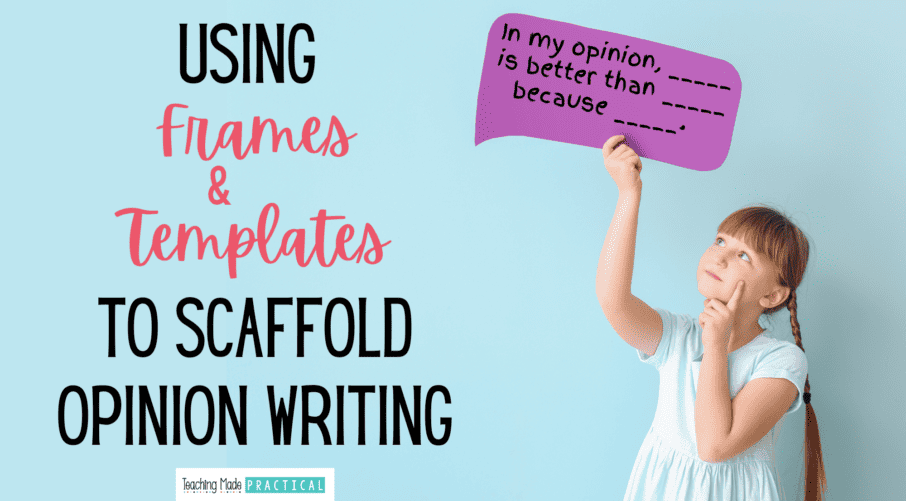
Scaffolding an Opinion Writing Essay With Frames and Templates
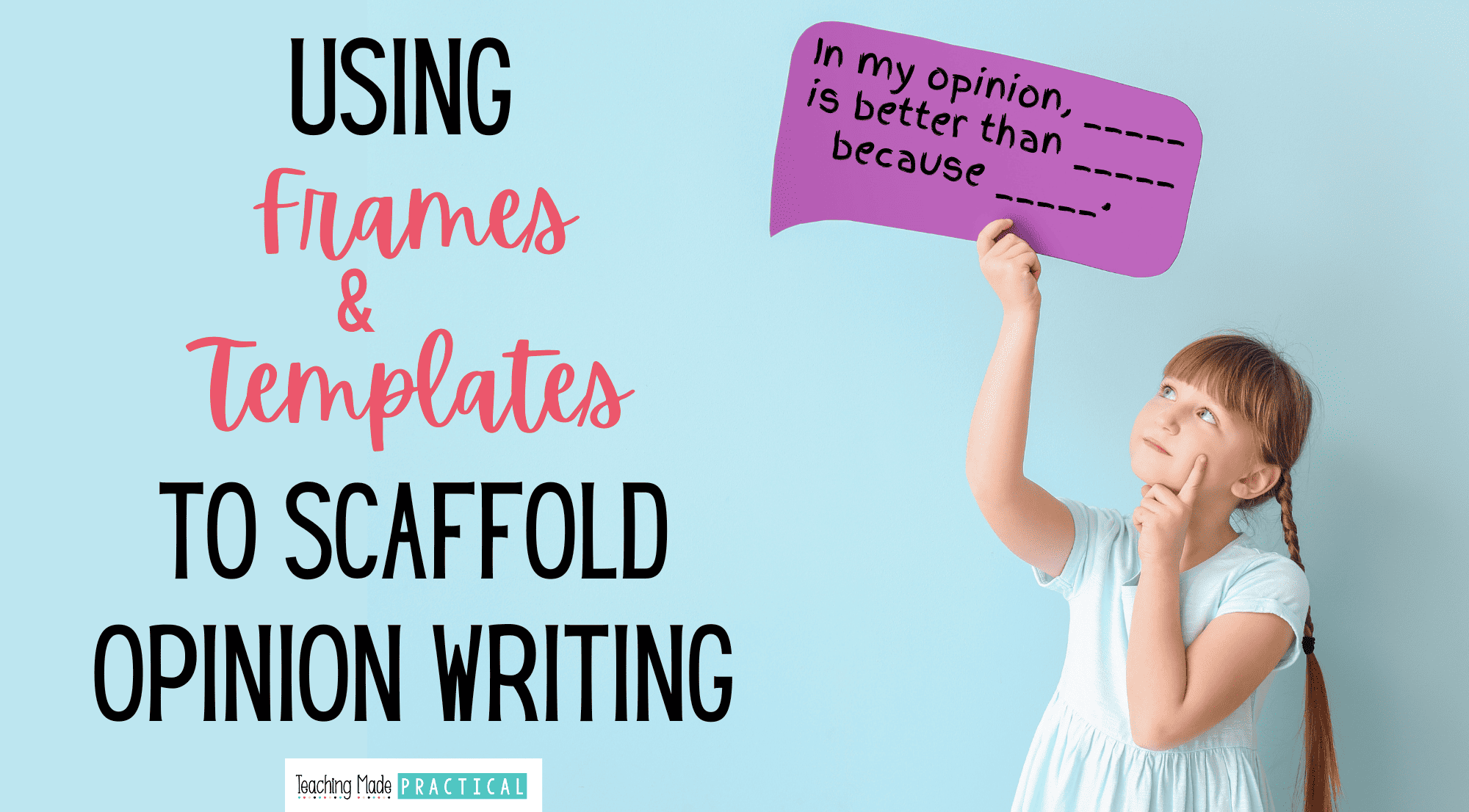
Teaching opinion writing to your 3rd, 4th, or 5th grade students soon? Use the sentence starters and paragraph frames below in your lessons to help students structure their writing, use transitional words, stay on topic, and support their opinions.
Templates like the examples below are a great way to introduce opinion writing. The hope is that eventually, students will go on to write without a provided outline and add a little of their own personality to their writing, but starting off with a clear structure helps students learn to become better writers.
Start Small - With Opinion Writing Sentence Starters or Frames
3rd, 4th, and 5th grade students love giving their opinions, so help them structure their opinions with sentence starters and frames. This is a great way to introduce opinion writing and doesn't frustrate students.
Providing structure is especially beneficial for your ELL and low language students, but ALL students can improve their writing with this scaffolding.
Some example sentence starters are below. Depending on the topic being discussed and the opinion being shared, not all sentence frames will work in all situations. Adapt them for your particular scenario!
Example Sentence Starters
- In my opinion, _____ is better than _____ because _____.
- The best thing about _____ is _____.
- I am strongly against _____ because _____.
- Although some people believe _____, I believe _____.
- Ever since _____, I have believed _____.
Using a Paragraph Template or Frame
Example paragraph frames.
In my opinion, __________ is better than __________ because __________. For example, _______________. Furthermore, _______________. Clearly, _______________ is the worse option.
I prefer __________ because __________. For instance, _______________. Also, _______________. Finally, _______________.
Opinion Writing Essay Template / Structure / Outline
Going from writing paragraphs to writing an entire essay can be overwhelming for upper elementary students - and middle school students as well!
Modeling how to write an opinion essay is an essential first step. (My Scaffolded Opinion Writing Resource includes a teacher model to make this easy for you.)
After modeling an opinion essay, provide students with an opinion writing template/outline to help them structure their own writing. This will help students stay on topic, use transitional words, and provide support for their opinions. And, most importantly, it will keep students from feeling overwhelmed and frustrated.

If you know your students would benefit from this type of scaffolding but don’t have the time to create it yourself, check out my Scaffolded Opinion Writing Resource.
It walks students through the writing process with support each step of the way. This resource also provides a model essay so that you can model expectations for your students. Plus, it can be used over and over again with different topics.
If you found these opinion writing tips to be useful, then you will probably like these tips for teaching students how to write a compare and contrast essay.
Want a Compare and Contrast Freebie?
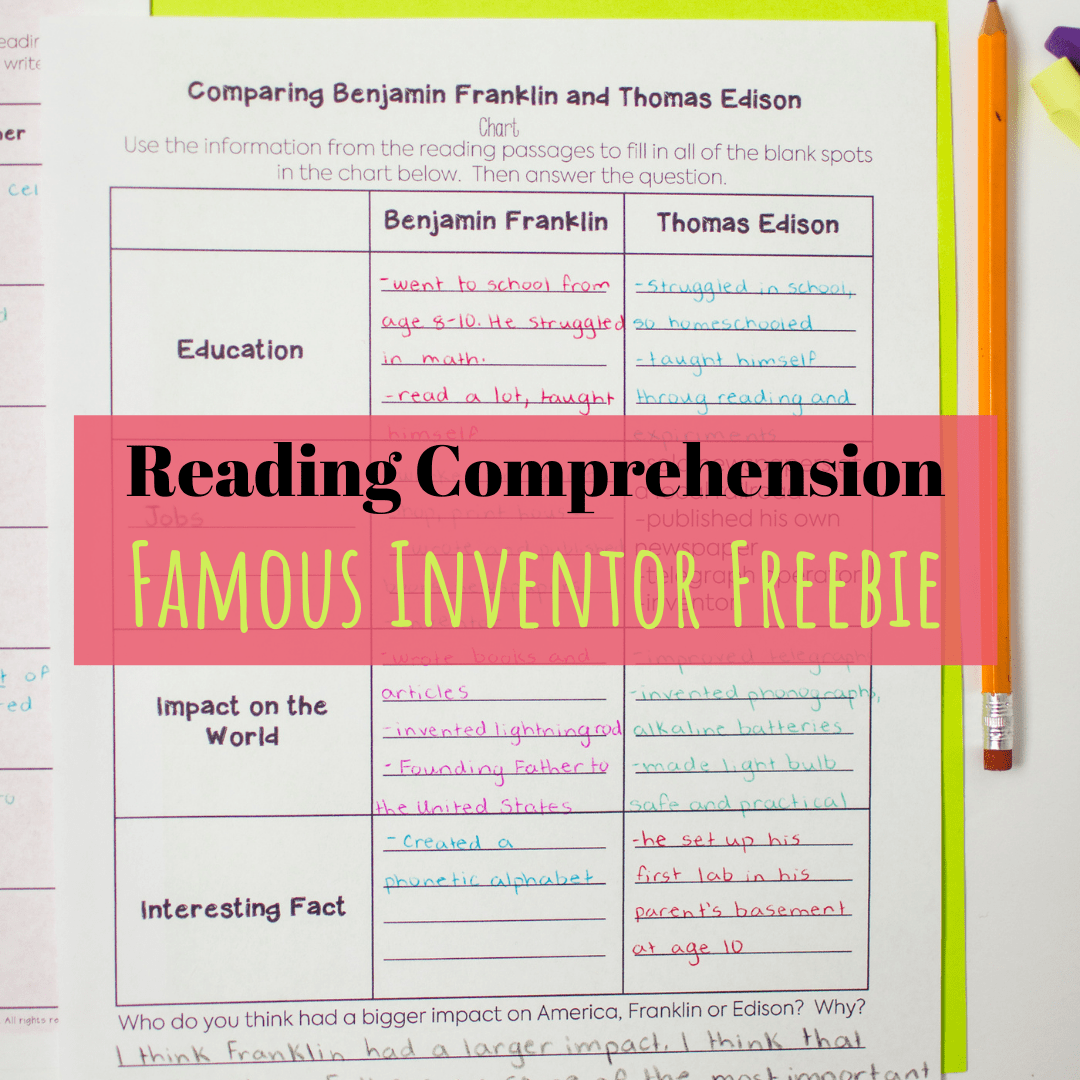
Download these reading passages with a compare and contrast activity for free and use it to today!

IMAGES
VIDEO
COMMENTS
Guide students in writing a strong conclusion that restates their opinion and summarizes their key reasons. Encourage them to end with a memorable statement. Opinion writing worksheets. In our grade 4 grammar and writing are, we have a section of new worksheets for students to practice opinion writing. Counterarguments practice
Writing Time: 25 minutes. Work on your persuasive essay. Revise your opening sentences to get your reader interested. Make sure to state your opinion clearly in the first paragraph. Make sure to give reasons that support your opinion. Once you are finished, share your opening paragraphs with your partner.
Opinion: The First and Fourth Amendments. Worksheet. Literary Essay Graphic Organizer. Worksheet. My Opinion Matters. Worksheet. Cite and Explain Your Evidence #2: Literary Response. Worksheet. Summer Writing Prompt #2: What I Like About Summer.
analytical opinion/argument writing rubric Writing Standards: Grade 4, Standard 1 (W.4.1) Write opinion pieces on topics or texts, supporting a point of view with reasons and information. EXAMPLE: Writing Standards: Grade 4, Standard 4 (W.4.4) Produce clear and coherent writing in which the development and organization are
Opinion Writing Unit FOURTH GRADE. Add to Wish List. $25.00 – Add to Cart. Grade Level: 4th Grade. My fourth grade opinion writing unit includes 8 weeks of done-for-you writing lessons about how to write a strong opinion essay. This unit contains detailed lesson plans, mentor texts, anchor charts, student writing tasks, and rubrics ...
Unlock the power of opinion writing for your students. Our comprehensive video series- will guide your students step-by-step in writing a strong opinion essa...
The Opinion Writing (Grades 4-6) lesson plan includes two content pages. It begins by discussing opinionated writing. Opinions are how you think or feel about a subject. People have opinions on everything that you can think of, from favorite school subject to least favorite vegetable. Different people have different opinions.
Teaching opinion writing to your 3rd, 4th, or 5th grade students soon? Use the sentence starters and paragraph frames below in your lessons to help students structure their writing, use transitional words, stay on topic, and support their opinions. Templates like the examples below are a great way to introduce opinion writing.
In this Opinion Writing video, it will teach 4th-grade students how to write an introduction for an opinion essay. We will dive into the different parts from...